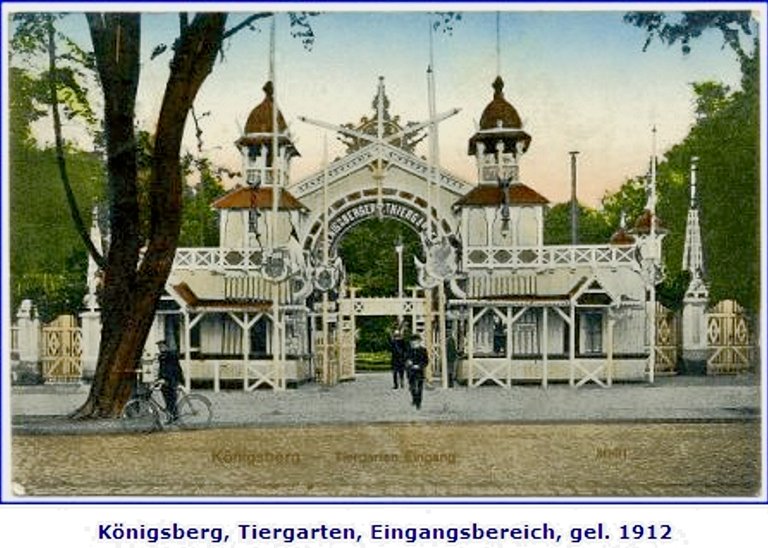
The history of the Königsberg-Kaliningrad zoo can be divided into several stages.
Zone for rest of the citizens of "Khufen Park" 1880 - 1895
From the 1880s to 1895, the city line of Königsberg is expanding, new urban areas are approaching the boundaries of the modern zoo. Around the picturesque Khufen stream, a recreation zone for the townspeople - Khufen-Park is created. Already in this period, the head of the zoological institute of the University "Albertina" Professor Maximilian Brown (Dr.Braun) thought about the creation of a zoological garden and in every possible way propagated this idea. However, despite the support of the mayor, Selke, he was forced to give up this plan because of financial difficulties at that time.
North-Eastern Industrial and Craft Exhibition 1895-1896
From 1895-1896 in Königsberg the "North-East German Industrial and Craft Exhibition" took place. Numerous and very spectacular wooden pavilions for this fair were built on the territory on which the zoo was later organized.
The idea of creating a zoogarden in Koenigsberg belonged to Herman Claas and his friend Geheimrat Kunnel.
Hermann Claass (German Hermann Claaß, 1846-1914) is a resident of Königsberg, a pharmacist, a dentist and a founder of the Königsberg Zoo and later its first director.
Hermann Claass was one of the organizers of the exhibition of crafts, and in addition he was a passionate animal lover and an excellent organizer, and he was a member of the preparatory committee of this fair.
Before the end of the exhibition, Claass made a proposal to preserve the wooden buildings built for it, and use them and the park to create a zoo.
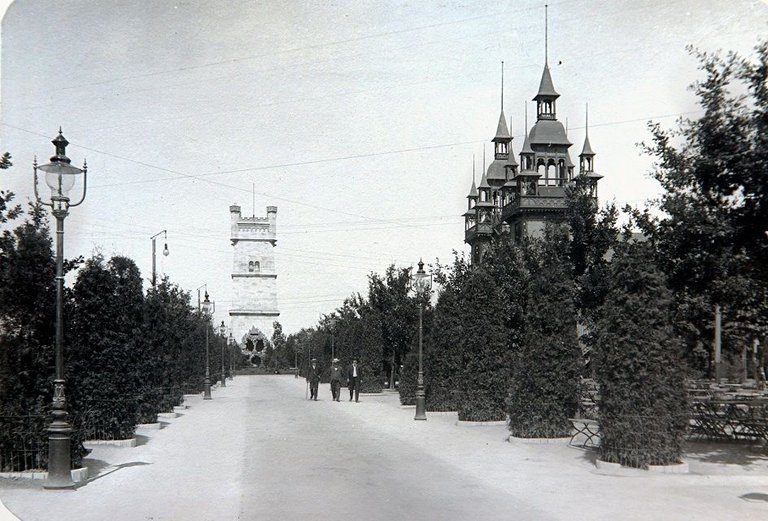
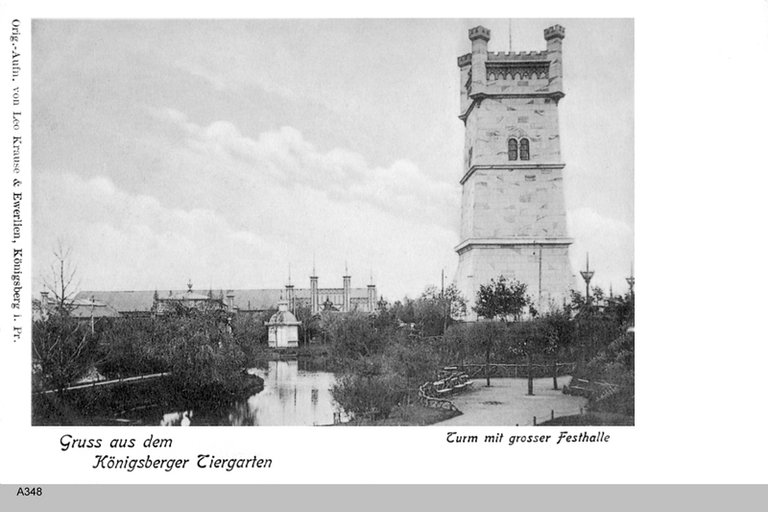
The idea was warmly supported by the residents, scientists and authorities of the city. In August 1895, the "Union of Animal Lovers" was founded - Tiergarten, which was in charge of the fate of the zoo until 1937. The authoritative initiator, who supported Claass in his endeavors, and the chairman of the union was the above-mentioned professor M. Brown, who already at that time gave the zoo an educational and scientific value.
Among residents of the city, a survey was conducted on the organization of the zoo in the city, and their consent was confirmed by the townspeople by a friendly collection of money. In a short time, the necessary funds were collected (400 thousand Reichsmarks - for those times a huge amount!), Which spent on buying of the exhibition buildings: entrance portal, exhibition hall, public house and observation tower. Later all the new facilities were designed by Hermann Claass, the technician of the Model park and his assistant Vihul. The well-known German firm "Hagenbeck" from Hamburg supplied the animals to the created zoo. Two Amur tigers were brought from Moscow.
Königsberger Tiergarten 1896–1946
Koenigsberg zoo quickly became a very popular place in the city. They came here not only to look at animals, but also to relax, take a walk, listen to music. The recreation area occupied almost the entire central part of the zoo. Here were buildings and facilities intended for various entertainment and entertainment events: a concert hall that could hold up to 2,000 people (burnt down in 1919 and was not restored anymore, two musical pavilions were built instead), and a concert platform; A public house with a main restaurant; reading, music and exhibition pavilions; summer cafes and restaurants, tennis courts "Tiergarten"; cycle track; playground for children. In good weather, the brass band played, and in the winter in the Concert House, various important events took place.
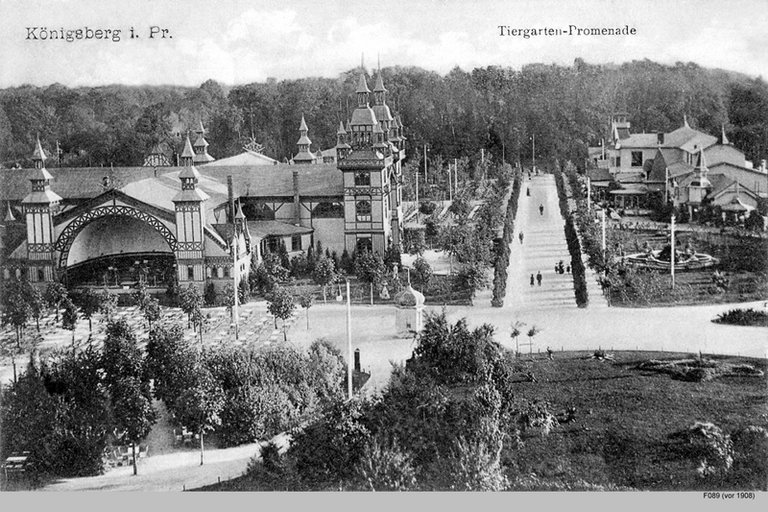
Promenade in the Königsberg Zoo (Tiergarten)
Reconstruction of the zoo in the 30s.
By the 30th years of the XX century, these objects of the zoo had become dilapidated and required repair and reconstruction.
In 1933 the zoo's authority and the city authorities had a difficult task: the tiergarten needed urgent repairs and renovation of premises. A new 10-year construction plan, drawn up in 1935, required a huge amount - about reichmarks 1,500,000. In 1936, the municipality and rich citizens decided to allocate 50,000 German marks annually for the modernization of the zoo for ten years. In addition, a special lottery was established in favor of the zoo.
From 1933 to 1936, many structures were reconstructed (including the main entrance). They have become simpler externally and more functional. There were also absolutely innovative for that time "open expositions", the founder of which was the famous Karl Hagenbeck - the creator of the "zoo of the future" in Hamburg. Spectators were struck by the apparent closeness of animals "Ice Rock", "Bear Mountain" and "Village" of ungulates. In addition, a special lottery was allowed in favor of the zoo. By 1946 - the 50th anniversary of its existence, the reconstruction of the zoo in an artistic and modern style was to be completed. But the war prevented the implementation of these plans.
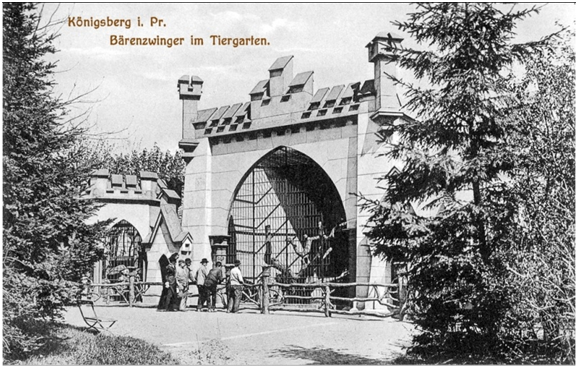
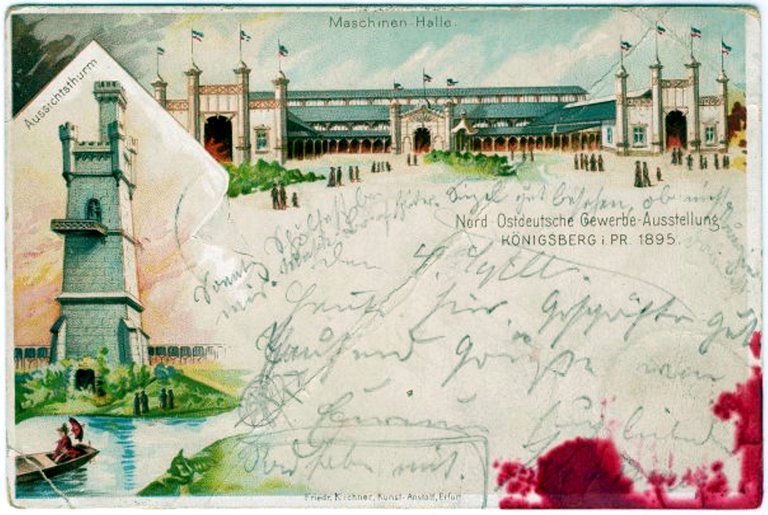
Soviet Time
At the final stage of World War II, in April 1945, the command of the Wehrmacht and Volkssturm used all the buildings of the zoo as defensive structures. In this connection, fierce battles between Soviet troops and the German army unfolded on the territory of the zoo. During this period, part of the wooden structures burnt down, almost all the animals were killed - only four remained: the deer, badger, donkey and wounded hippopotamus Hans, the history of treatment by the zootechnician VP. Polonsky is still one of the most vivid and popular story of Kaliningrad guides.
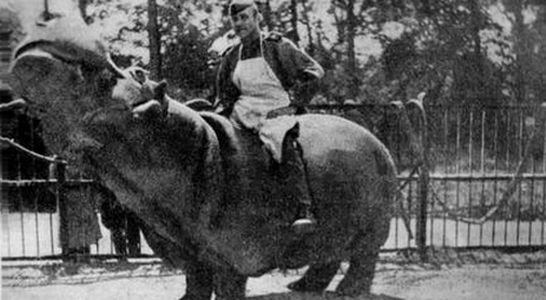
a photo of a soldier who helped to treat a hippo on the hippopotamus Hans.
In the post-war period, the boundaries of the zoo's territory are changing. The zoo is joined by a residential development zone from the west, but part of the territory on which the sports courts were located leaves. The spatial and spatial structure of the territory is changing. The zoo loses its sports and entertainment functions, becomes an institution with a cultural and educational orientation.
Post Soviet Time. After the Millenium
Years passed, and from the zoo, once created for the entertainment of visitors, it turned into a unique monument of wildlife. On the territory of 16.5 hectares not only live inhabitants of all corners of the globe, but also there is a magnificent arboretum, represented by exotic trees and shrubs. At the entrance of the guests meets a relict tree - ginkgo bilobate - the same age as dinosaurs. Until now, you can see several pre-war buildings, thanks to which the spirit of the old Konigsberg has been preserved in the zoo. It is a bear-bearer, a lion-bear, an eagle-bearer. In the center of the zoo is the largest and most beautiful fountain in the city, the jets of which rise to an 18-meter high. Built in those early years, it was restored to the 100th anniversary of the zoo.
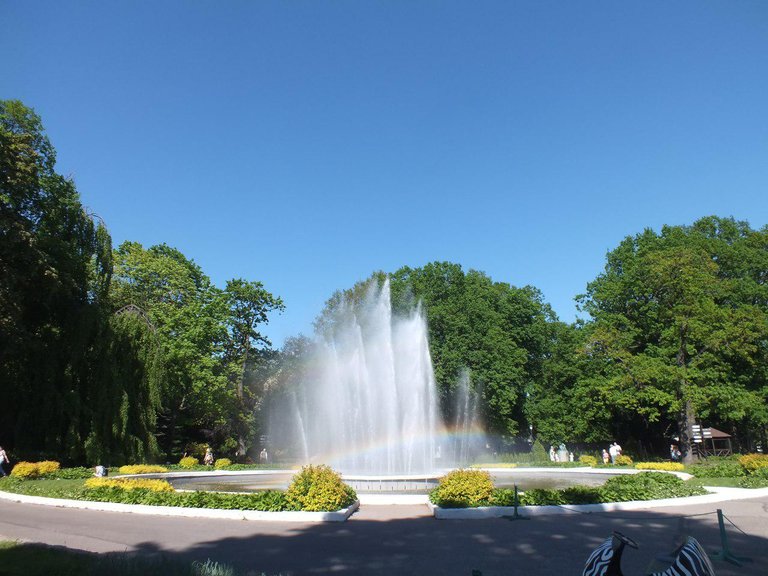

Herman Claas
The Kaliningrad-Königsberg Zoo in May 2018:
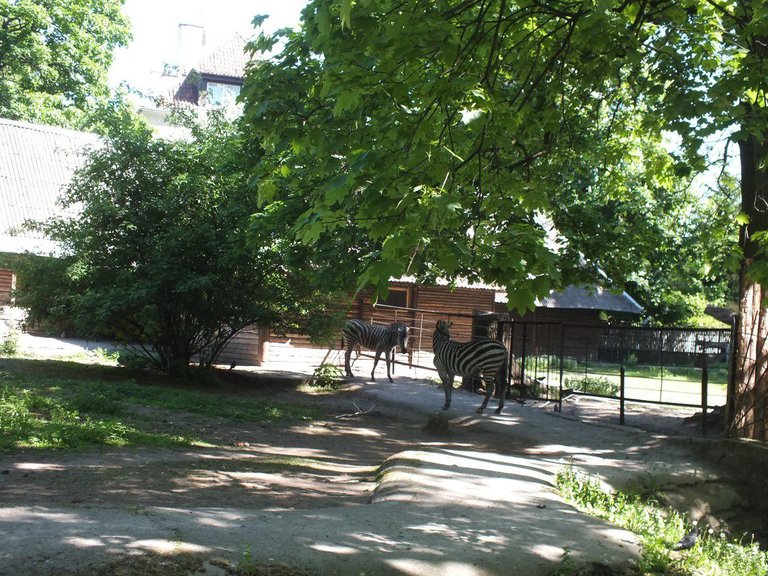
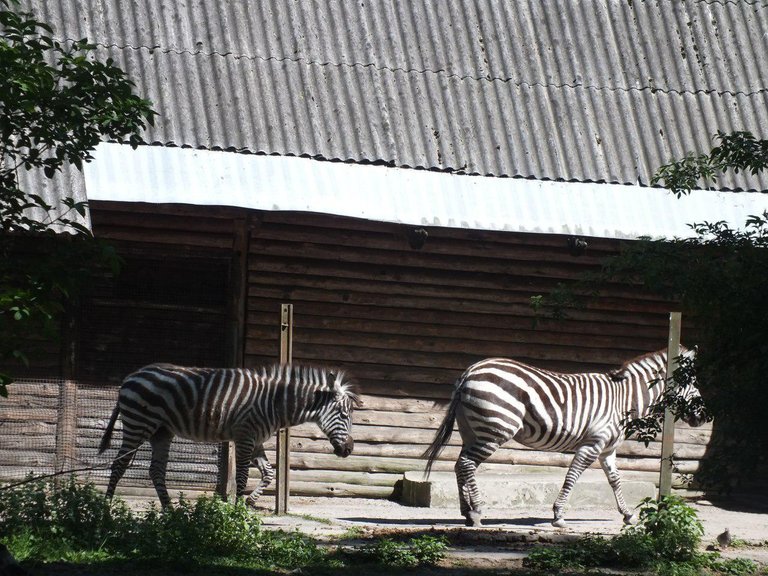
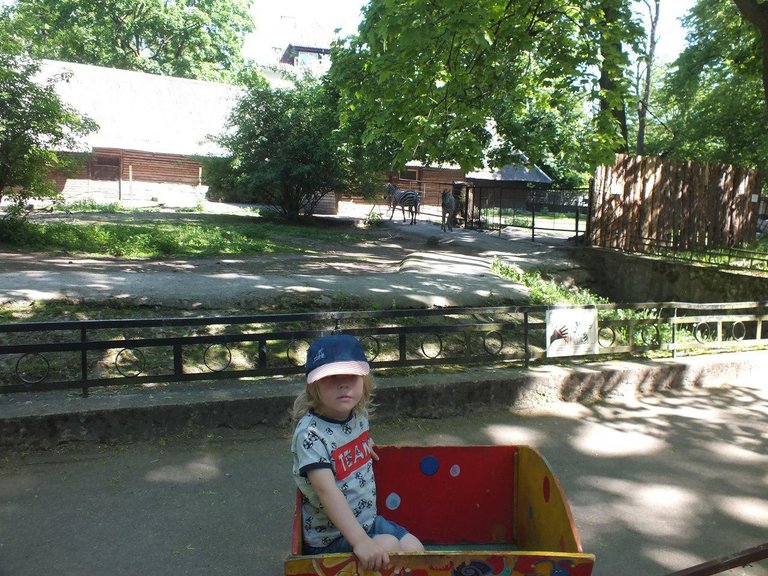
You can't use bikes or scooters on the territory, but there are funny wooden trolleys for kids)))
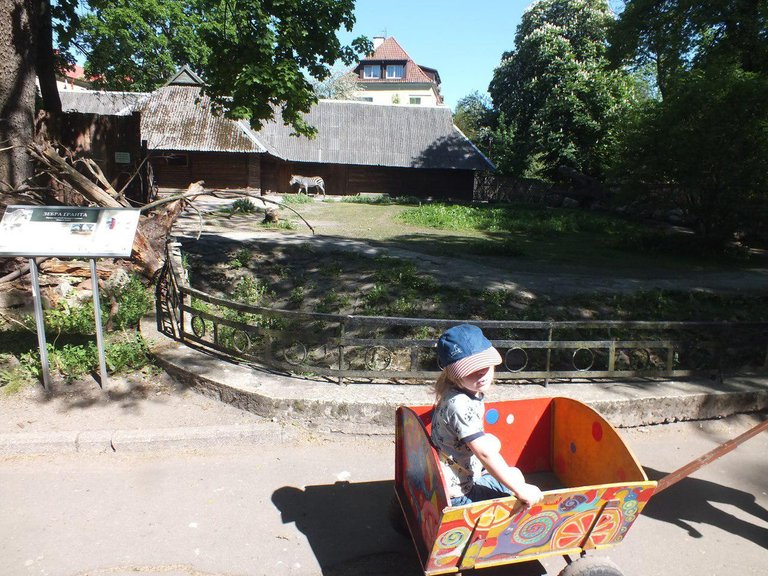
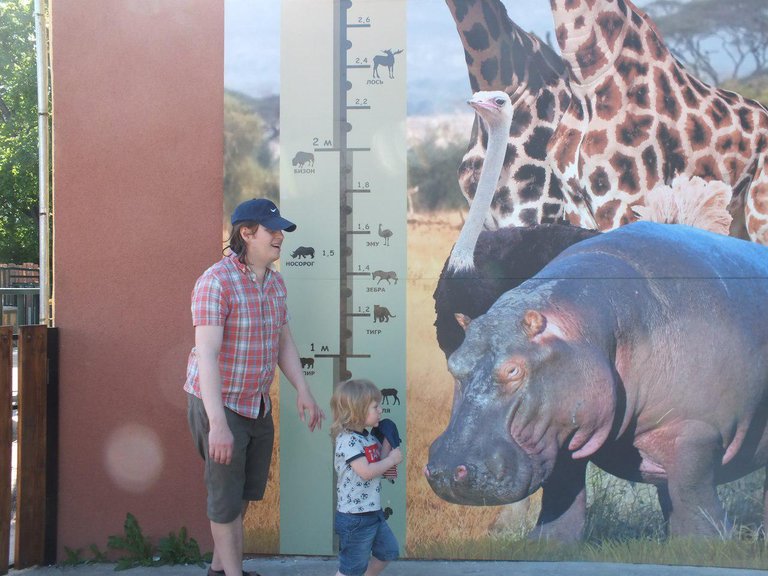
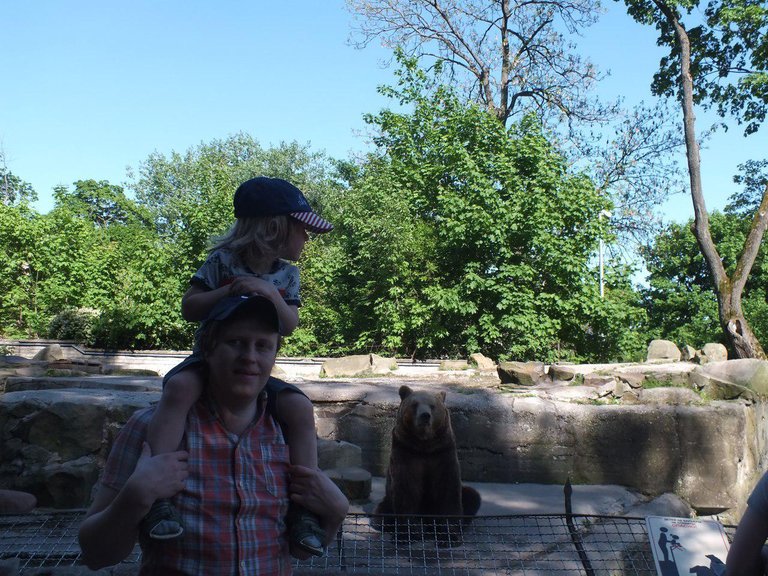
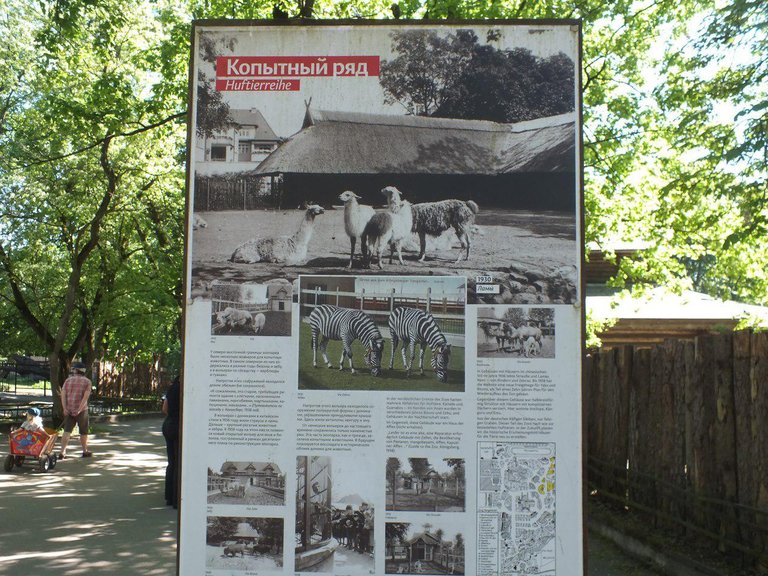
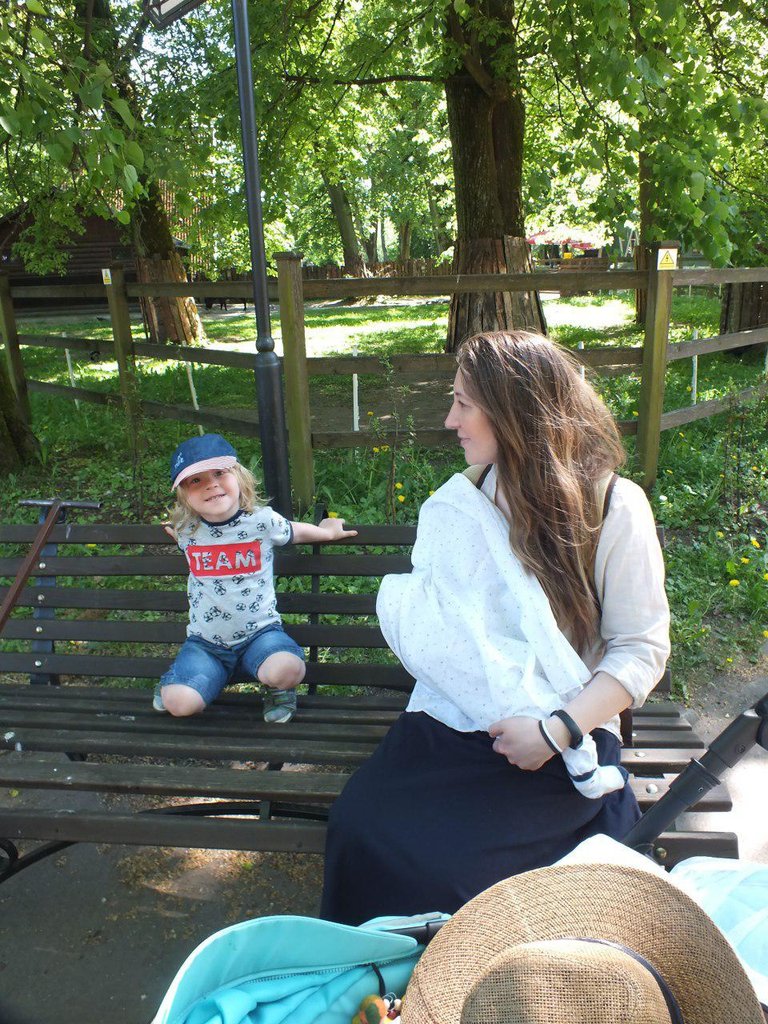
This Zoo is really great! It's place for the whole family. Here you can study animals, flora and fauna of many countries and also you can walk and enjoy the park chill on a hot day.
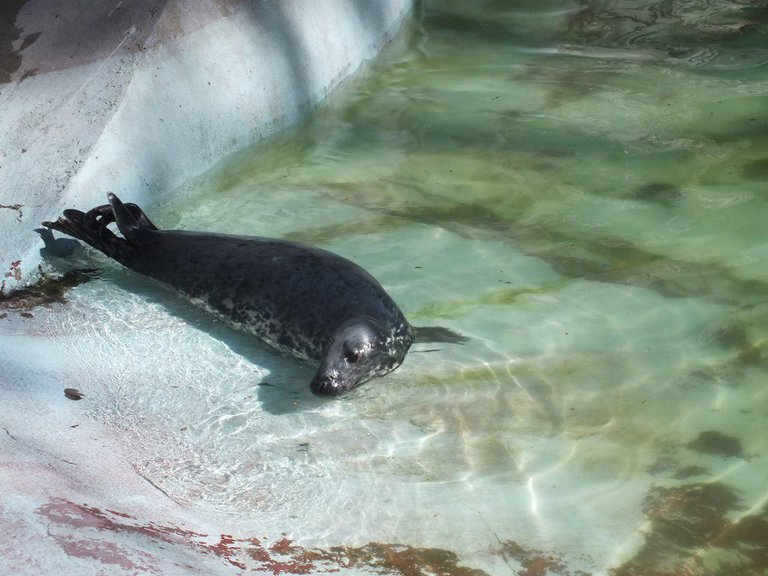
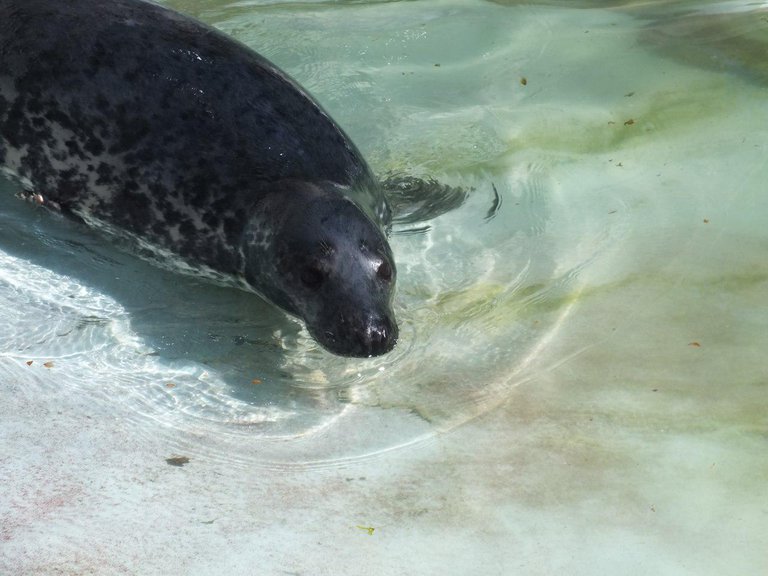
Welcome to Kaliningrad Zoo!
That was a great walk.
Super.
Great Read :)
Thanks)))